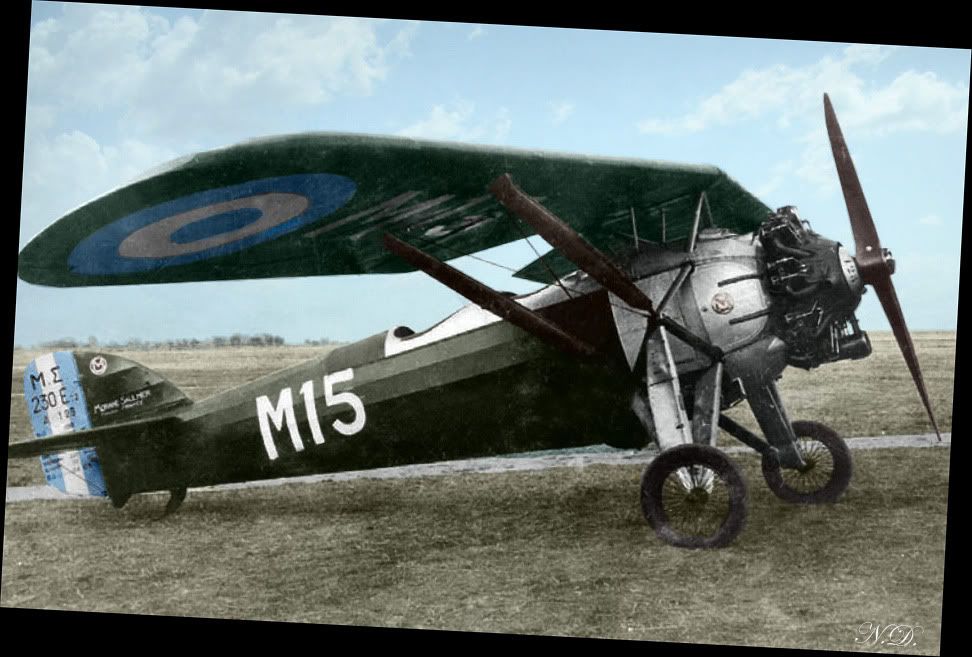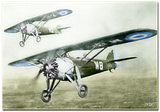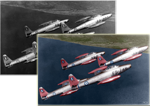 Between 1931 and 1936, Greece used the French Morane Saulnier MS.230 aircraft as elementary trainers in the Air Force. They were a brand new design at the time, the French equivalent of the iconic Boeing Stearman of the Americans and Tiger Moth of the British.
Between 1931 and 1936, Greece used the French Morane Saulnier MS.230 aircraft as elementary trainers in the Air Force. They were a brand new design at the time, the French equivalent of the iconic Boeing Stearman of the Americans and Tiger Moth of the British.Operational History
October 1930 - Greece orders 18 MS.230 aircraft from France.
1931 - Delivered.
1936 - Removed from service as training aircraft and used only for maintenance flights until the beginning of World War 2. According to some sources, a small number were used for reconnaissance until 1941.
Specifications
MS.230 ET2 trainer
Crew: 2 (instructor and student)
Engine: Salmson 9AB, 9-cylinder, air-cooled radial engine, 109 kW (230 hp)
Weight: (Takeoff) 1,160 kg, (Empty) 832.35 kg 
Height: 2.98 m
Length: 6.93 m
Wingspan: 10.72 m
Speed: 204 km/h
Range: 560 km
Ceiling: 5,000 m
Armament: none
For gamers and game designers
This aircraft has little gaming value. It's just a trainer. Relatively modern for its time, but still only an elementary trainer.

very good and interesting job. keep on...
ReplyDeletedtg
I read that the Greek Air Force also had up to 80 Avro Tutor biplanes as primary trainers-some built under license in Greece. How did these factor into the overall pilot training program?
ReplyDeleteThe Avro Tutor was the main trainer from 1936 and on. 30 were bought and about 50 were produced under license in Greece. The MS.230 was the main trainer before the Avro Tutor. By 1936 it had been phased out.
ReplyDeleteAvro Tutor was comparable to the Stearman 17 as a primary trainer. Did the Greek Air Force have advanced trainers as well or did they transition directly to fighters?
ReplyDeleteThe main advanced trainer was the Avro 626. I will post an article about it later this year. The two Gloster Gladiators were also used as advanced trainers.
ReplyDeleteThe Avro 626 was essentially a Avro Tutor (621 series) which had been simplified for smaller air forces-not only for the training role but also for other operations. Greece ended up making about 80 Tutors and 626's primarily for the training role.
ReplyDeleteIn biplanes Greece also had a fair number of Gloster Gladiators (2 purchased, the rest donated by Britain from North Africa stock) as well as a couple of Avia B-534 fighters purchased just before the war (these were probably the fastest Biplane fighters ever built).
That is right. I will be writing about the rest of the Greek biplanes later this year.
ReplyDeleteTo answer your earlier question, the Greeks used Gloster Mars VI Nighthawks as their advanced trainers between 1934 and 1938.
ReplyDelete